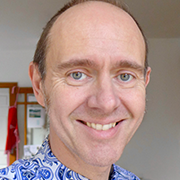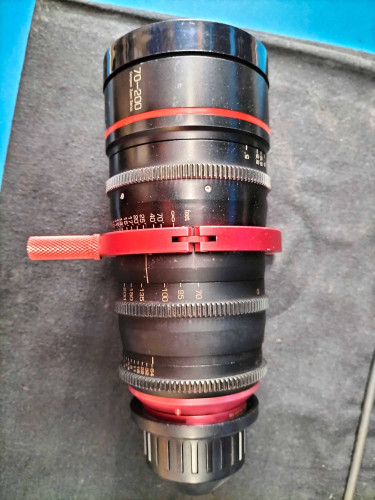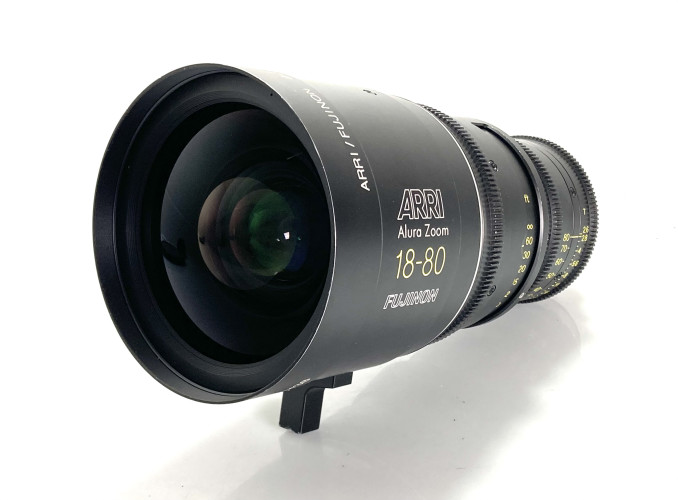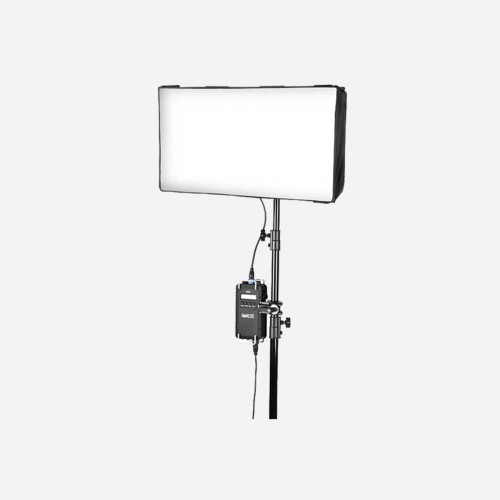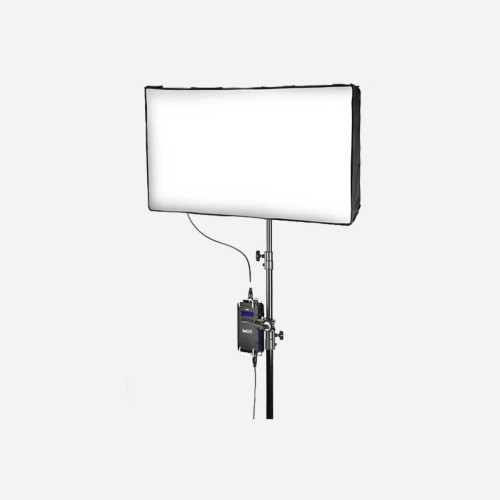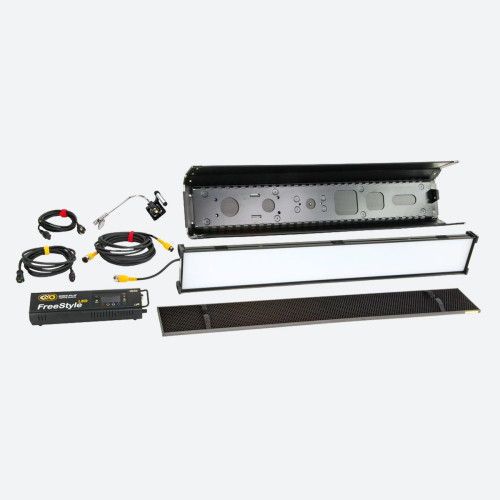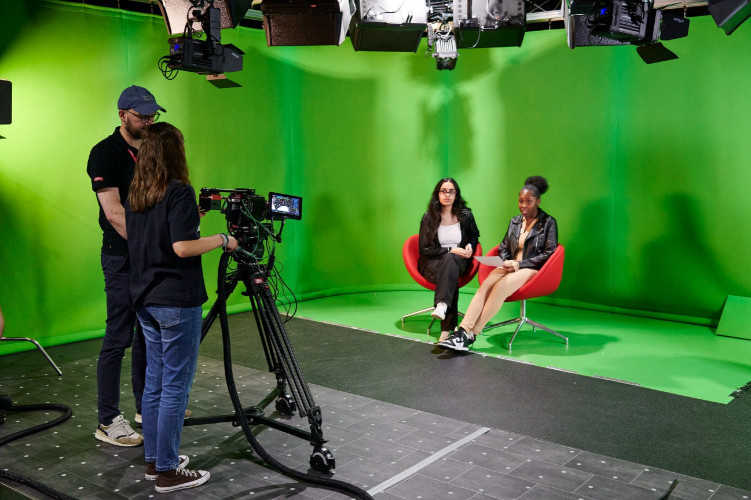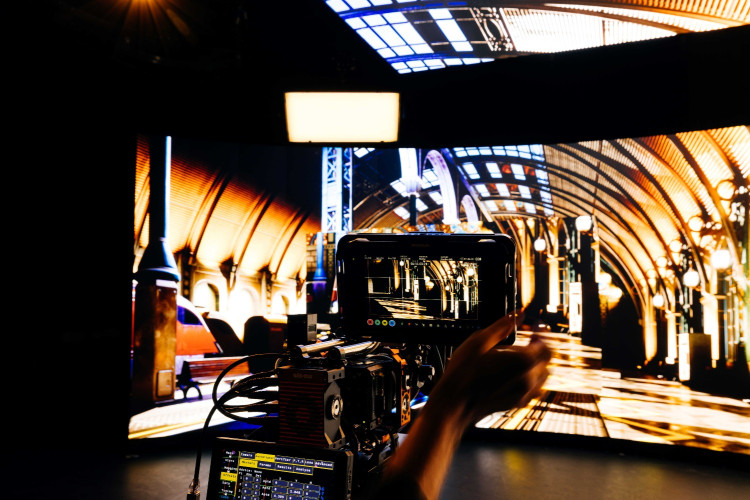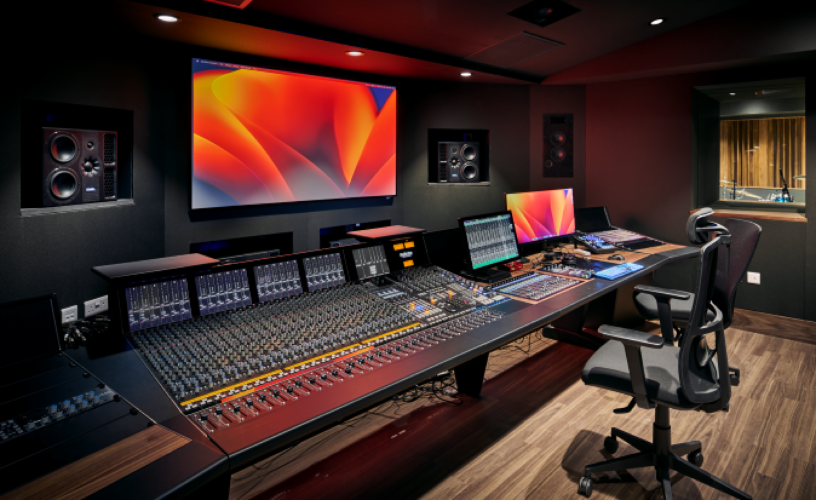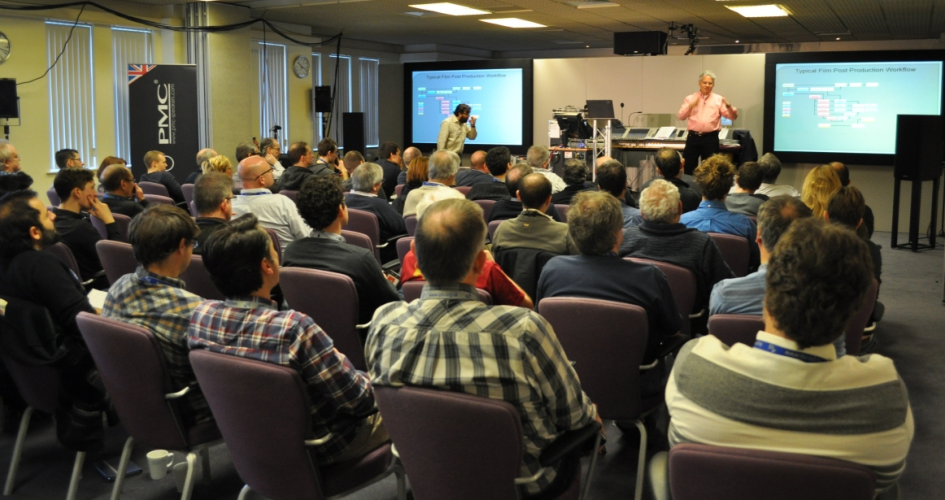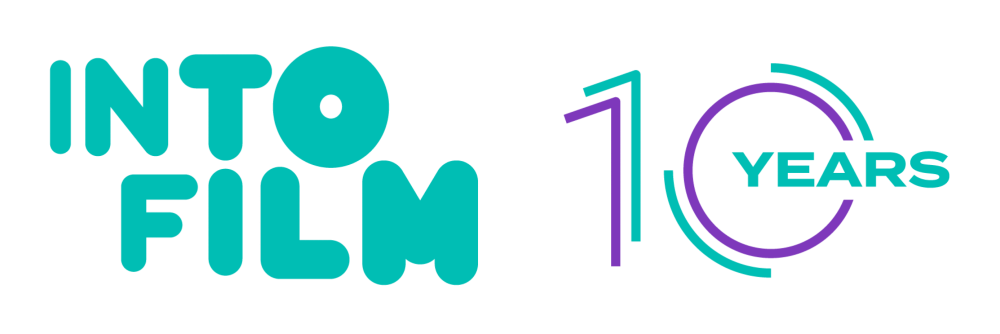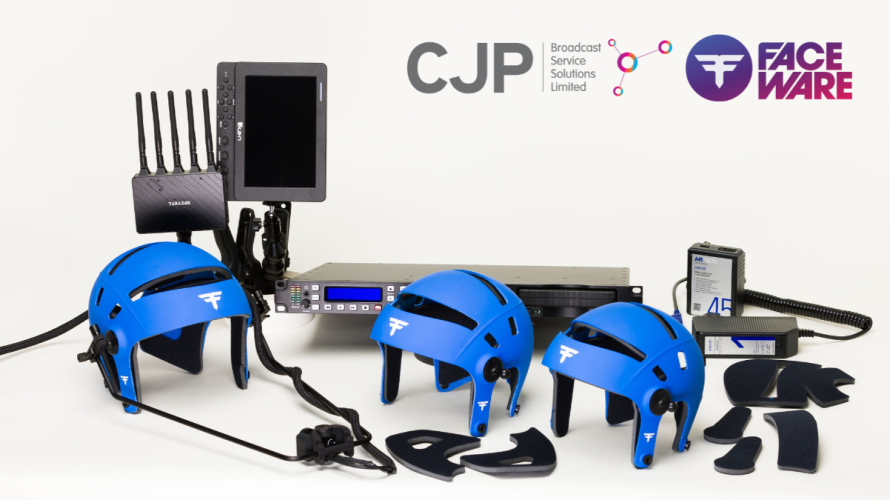by Charlie Watts Issue 92 - August 2014
September 2014 will see a brand new communication and televisual experience unleashed for University of Portsmouth students within the newly opened Eldon Building. Catherine Harper, Professor and Dean of the Creative and Cultural Industries (CCI) Faculty, and Gary Bown, Principal lecturer, have both made it their mission to throw the spotlight onto live broadcasting via plans to install a very visible TV studio.
Gary is delighted with this decision and states, “Outside broadcast is an often grueling duty, with lots of cable laying, early starts and long hours. We regularly do this sort of event using a student workforce, and there are some events where audiences have no idea who was involved in delivering the event. Although this invisibility might be standard for outside broadcast crews, I think it good for students that they are seen doing this hugely important work. The decision to place this TV studio in a very prominent place will help change things, and very soon we will create something in an environment that will be very noticeable that shows a wide audience exactly how TV programmes are made, and what these students do!”.
Professor Harper is also very excited by this new venture and adds, “We all work in a fantastic environment surrounded by industry and research specialists, educators, brilliant support technicians and last but definitely not least, students who want the very best facilities and experiences. Placing a TV studio in a very busy public space will really give a great insight into what goes on behind the camera, as well as in front. Being in the audience of a TV show recording, and watching the completed show on TV, are two vastly different experiences, and this new studio space will really help demonstrate this.
The new studio is to be positioned right at the front of the new Eldon building that was officially opened on May 29th 2014 by University of Portsmouth Chancellor Sandi Toksvig. It will be impossible for anybody entering or walking by the building to not notice the studio, and there are very big plans to make this location a vibrant communication hub where live TV interviews and performances can be transmitted all around this very creative faculty.
The seed of the idea was first inspired from a visit to BSkyB. Gary visited the broadcast facilities in Osterley, Isleworth, with colleague and course leader Charlie Watts. Gary adds, “my jaw literally dropped when we were escorted around the newsroom. I couldn’t believe we could walk around and see everything as they were working and transmitting live, and I thought it such a bold bit of planning to have it all so open. What really sealed our determination to approach our faculty and suggest such a set-up was made after a visit to the 2014 BVE show. I thought TV-Bay’s studio set-up at the event was really great. It looked really inviting and it was impossible not to walk past it without stopping to watch whatever was going on”.The studio will be assembled in early September and will consist of a System 35 trio frame supplied via Coker Expo in Hook, Hampshire. This gantry system will give flexibility to the whole venture due to the versatility and lightness of the tubes, especially if there is a need to change venue or location at short notice.
Vinton pedestals have been ordered direct from source and will take up permanent residence around the studio. QStart is the chosen auto cue system and this has been sourced and provided by 3D Broadcast, who will also supply led lighting. Additional recommendations were made by TNP Broadcast.
The actual recording of the events, interviews and performances will be achieved via a NewTek TriCaster, and the NewTek solution has formed the backbone to all broadcast operations in the university since the TV and broadcasting course was originally conceived in 2005.
The students from this course all deal in factors such as producing live broadcast work as part of an essential course curriculum, and the OB work is the requirement of a taught unit entitled ‘Television Transmission’.
Gary gives additional details on the unit by adding, “when the course was created we sketched out elements that we had to have, and outside broadcast was one of the fi rst things we placed top of the list. All TV courses should be focused on live multiple camera operation, and for us the NewTek TriCaster produced the perfect solution really early on. We now own and operate three NewTek systems, with the latest hardware addition being a TriCaster 860. The 860 has been a complete game changer for us, and without it we would have struggled to successfully stage our 24 hour broadcast event back in May”.
The taught unit Television Transmission is designed to do a number of things, and it is correctly aimed at fi nal year students. Gary adds, “TVTRANS, as it is known via its acronym, is based partly on students producing a real outside broadcast, and by successfully completing a technical exam. The exam is full of essential elements of TV technology that we have found has served graduates well in their continued learning, and in job interviews leading to employment”.
The actual live broadcasts the unit generates are very large productions, with student crew numbers totaling approximately fourteen per team, with four teams, and almost nearly sixty students per year completing the unit.
Gary states, “the unit is demanding on many levels, and students are tasked with designing a brand new TV programme, marketing the concept, writing and producing all video elements, ensuring an audience will be present, and technically setting up all hardware and software requirements. The latter aspect is perhaps the most demanding due to risk assessment and health and safety requirements being met, with the added pressure of the students being responsible for the broadcast of the TV signal. Expectations are high, and it can be stressful to all, but this is what we do down here in Portsmouth. We play things as real as possible, and any student participating in the unit will know fi rst-hand that they will have earned all of the accolades once the job is successfully done, and they would have learnt some great skills”.
September 2014 will bring new and exciting times to any student involved in TV and broadcasting duties, and for any student that wishes to get in front of the camera and/or exhibit their work.
As Dean, Professor Catherine Harper works tirelessly to connect all of the schools and courses within the faculty, and she feels sure that this studio will become a central element in this plight by adding, “The mission is to exhibit quality student work, whilst providing real-life experiences where students are able to perform at the highest level using real industry kit. This new TV studio will no doubt form the visible face of a lot of effort and hard work, and students, who may have usually worked behind the scenes in some unknown capacity, will now bask in the same light as the new studio facilities. Exciting times are duly guaranteed for all!



